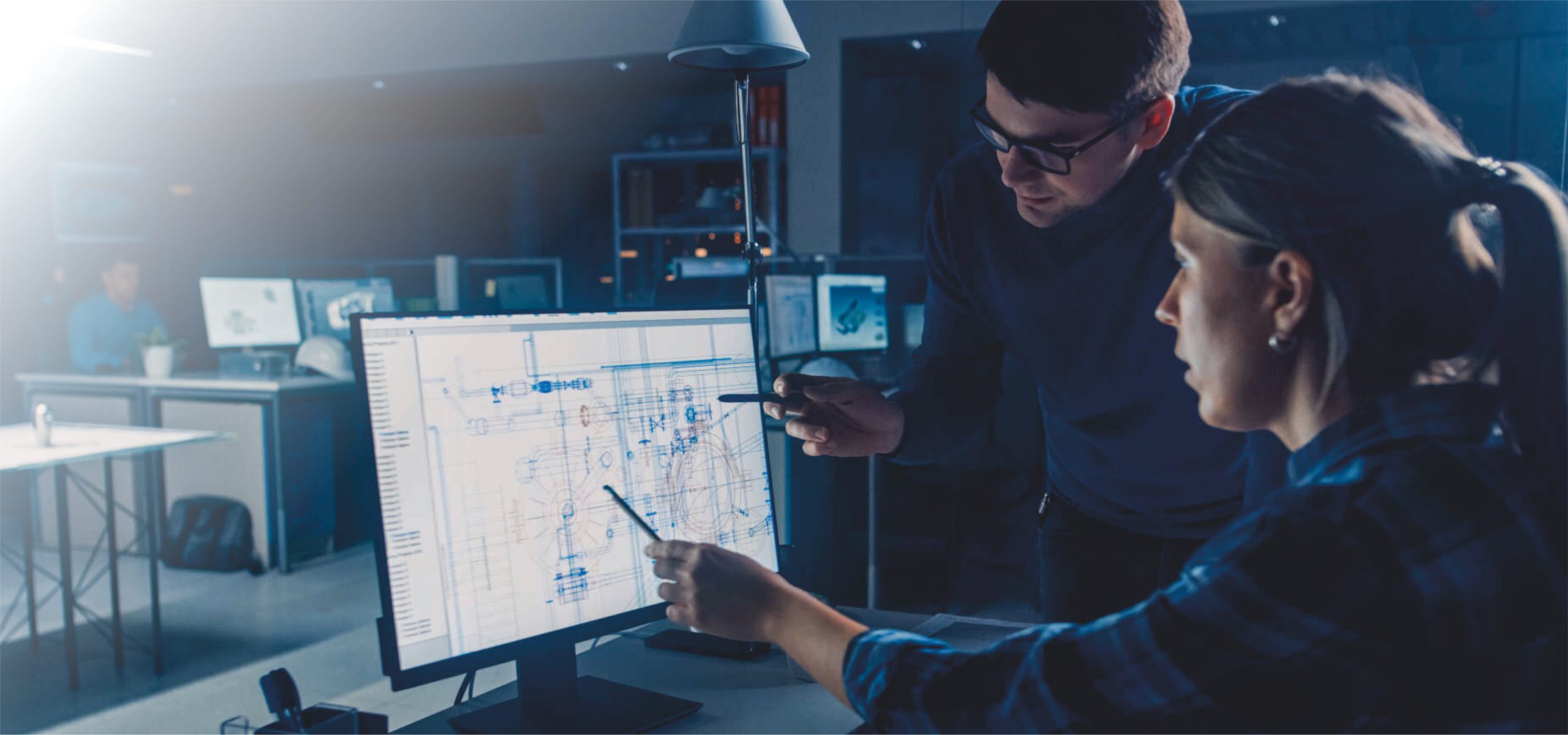OBJECTIVES
The objective of this training program is to provide participants with the skills and knowledge required for styling Class A surface design, which is the highest level of surface quality in the automotive and industrial design industry. Participants will learn the principles, techniques, and tools used in creating high-quality, aesthetically pleasing, and functional Class A surfaces for various product design applications.
OUTCOMES
Understand the concepts and principles of Class A surface design.
Apply advanced surfacing techniques using industry-standard software such CATIA.
Create Class A surfaces with precision, continuity, and curvature control GO, G1, G2 & G3.
Understand the importance of design intent, reflections, and highlights in Class A surfaces.
Identify and troubleshoot common issues in Class A surface modeling.
Collaborate effectively with other design professionals in a multidisciplinary team environment.
Develop a professional portfolio of Class A surface design work.
Conceptual design of automotive Class A surface & CAD model of EV.
Get idea of nurbs & slab modeling, sharp surface models.
Surface evaluation – reflection lines
SCOPE
Graduates of this training program will have the skills and knowledge to work as Class A surface designers in various industries such as automotive design, industrial design, aerospace design, and consumer product design. They may find employment in design studios, product development firms, manufacturing companies, or as freelance designers. Job roles may include Class A surface modeler, automotive designer, industrial designer, product designer, or CAD modeler. Entrepreneurship.


